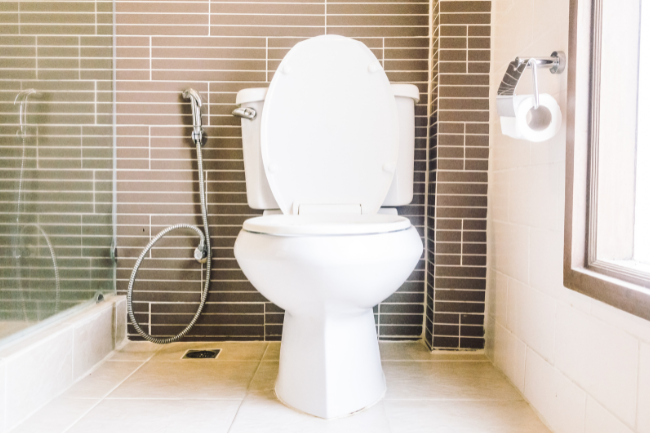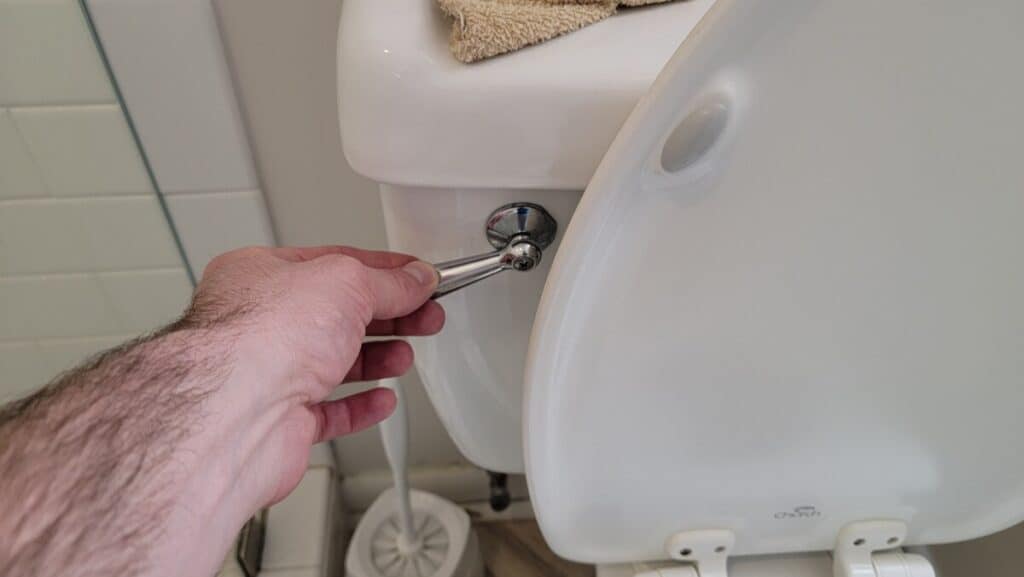In our modern world, where sustainability is becoming increasingly critical, adopting DIY bathroom water conservation tips is not just eco-friendly but also economically wise. As the demand for water continues to rise with population growth, industries like QA are focusing on efficient resource usage. In this article, we will explore practical tips to conserve water in your bathroom, helping you save on utility bills while contributing to a healthier planet.

The Importance of Water Conservation in Bathrooms
Bathrooms are one of the largest consumers of water in a household. From flushing toilets to taking showers, vast amounts of water are used daily. According to the Environmental Protection Agency (EPA), the average American family uses over 300 gallons of water per day at home, with about 70% of this usage occurring indoors. By implementing DIY bathroom water conservation tips, you can significantly reduce your water usage and make a positive impact on the environment.
Tip 1: Install Water-Saving Toilets
One of the most effective ways to conserve water is by installing water-saving toilets. These toilets use less water per flush compared to traditional models. High-efficiency toilets (HETs) can save thousands of gallons annually. If you're interested in the functionality of these toilets, check out this EPA guide on water-saving toilets.
Tip 2: Fix Leaks Promptly
Leaky faucets and pipes can waste a significant amount of water over time. A slow drip can waste up to 20 gallons of water a day, which can add up quickly. Regularly check for leaks and address them immediately. You can find more insights on fixing leaks and improving water efficiency in your bathroom in this guide on eco-friendly fixtures.
Tip 3: Opt for Low-Flow Showerheads
Another simple yet effective DIY tip is to install low-flow showerheads. These fixtures reduce the flow of water without compromising the shower experience. By switching to a low-flow model, you can save up to 2,700 gallons annually. Consider browsing our list of water-efficient toilets and fixtures for more ideas on reducing water usage.
Additional Tips for Water Efficiency
Tip 4: Shorten Your Showers
Being mindful of your shower time can greatly contribute to water conservation. A typical shower uses about 2.5 gallons of water per minute. By reducing your shower time by just two minutes, you can save five gallons per session. Implementing a timer can help keep track of time and reduce water waste.
Tip 5: Turn Off the Tap While Brushing
A simple habit to adopt is turning off the tap while brushing your teeth. This small change can save up to 200 gallons of water per month. It's an easy yet impactful way to contribute to water conservation efforts.
Tip 6: Choose Dual-Flush Toilets
Dual-flush toilets offer two flushing options: a full flush for solid waste and a half flush for liquid waste. This design can significantly reduce water usage. Learn more about the efficiency of dual-flush systems in this article on dual-flush toilets.
Tip 7: Reuse Greywater
Greywater systems allow you to recycle water from sinks, showers, and washing machines for non-potable uses like irrigation. Implementing a greywater system can be a more advanced DIY project but offers substantial water savings.
Conclusion: Every Drop Counts
Incorporating DIY bathroom water conservation tips into your daily routine can make a significant difference in water usage and utility costs. By taking small steps, such as fixing leaks, installing water-saving fixtures, and being mindful of water usage, you can contribute to a sustainable future. For more information on cutting-edge water-saving technologies, explore our future of water-saving toilet technology insights.

FAQ
1. How much water can I save with low-flow fixtures?
Low-flow fixtures can save up to 60% of water usage compared to standard models, translating to thousands of gallons annually.
2. Are dual-flush toilets worth the investment?
Yes, dual-flush toilets can significantly reduce water usage. They offer two flush options, allowing you to use less water for liquid waste.
3. How do I check for leaks in my bathroom?
Check for leaks by inspecting faucets, showerheads, and toilets. You can also monitor your water meter for unexplained fluctuations.






